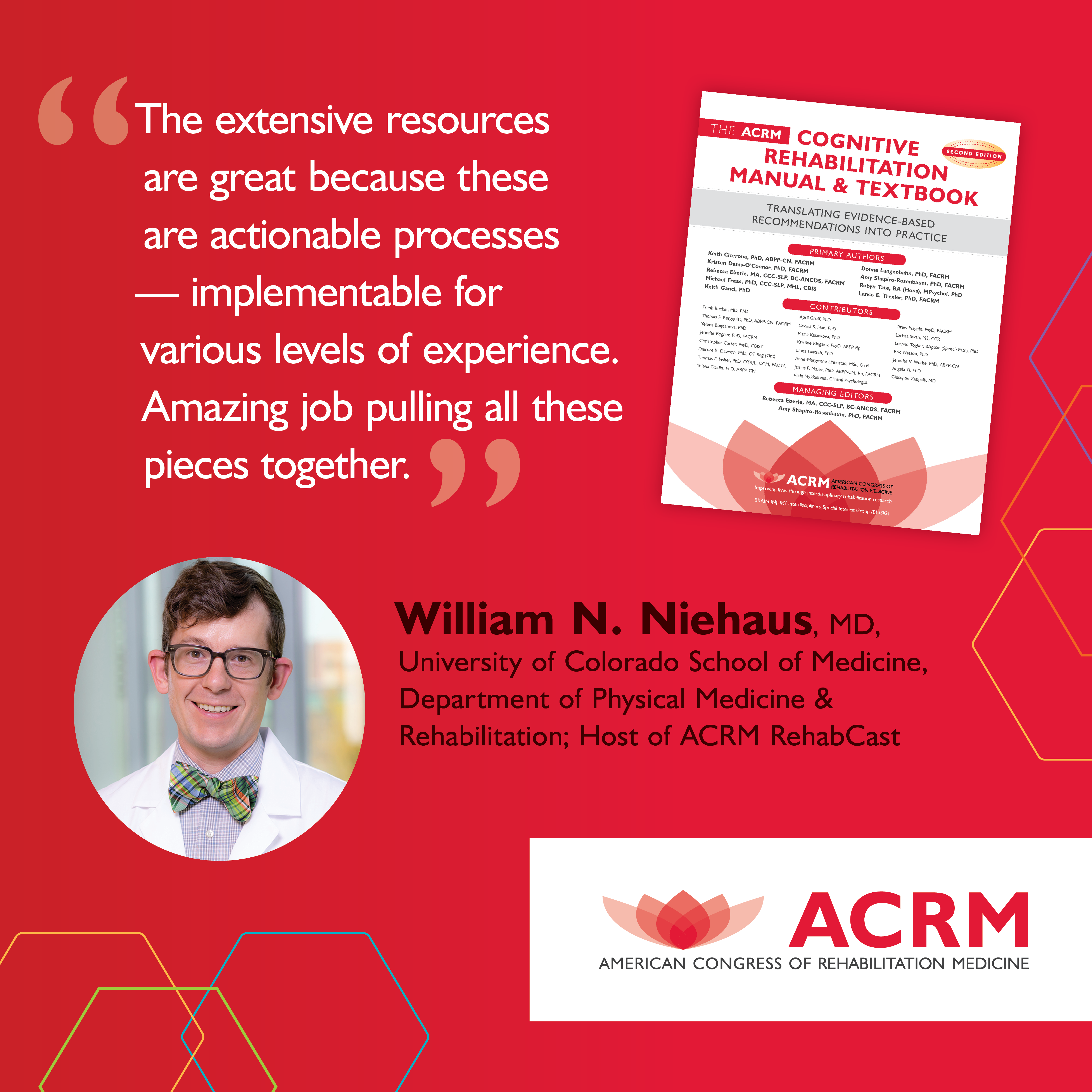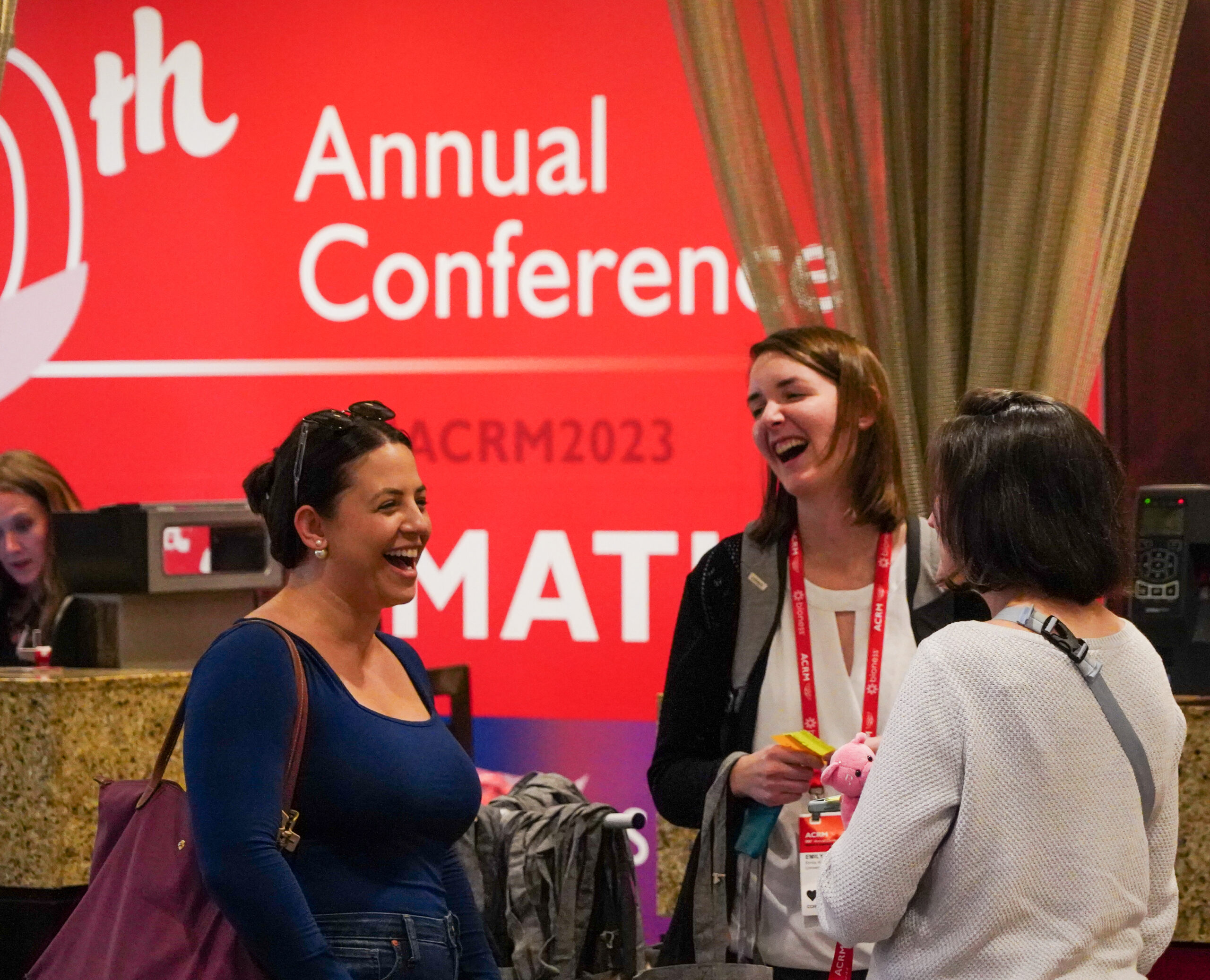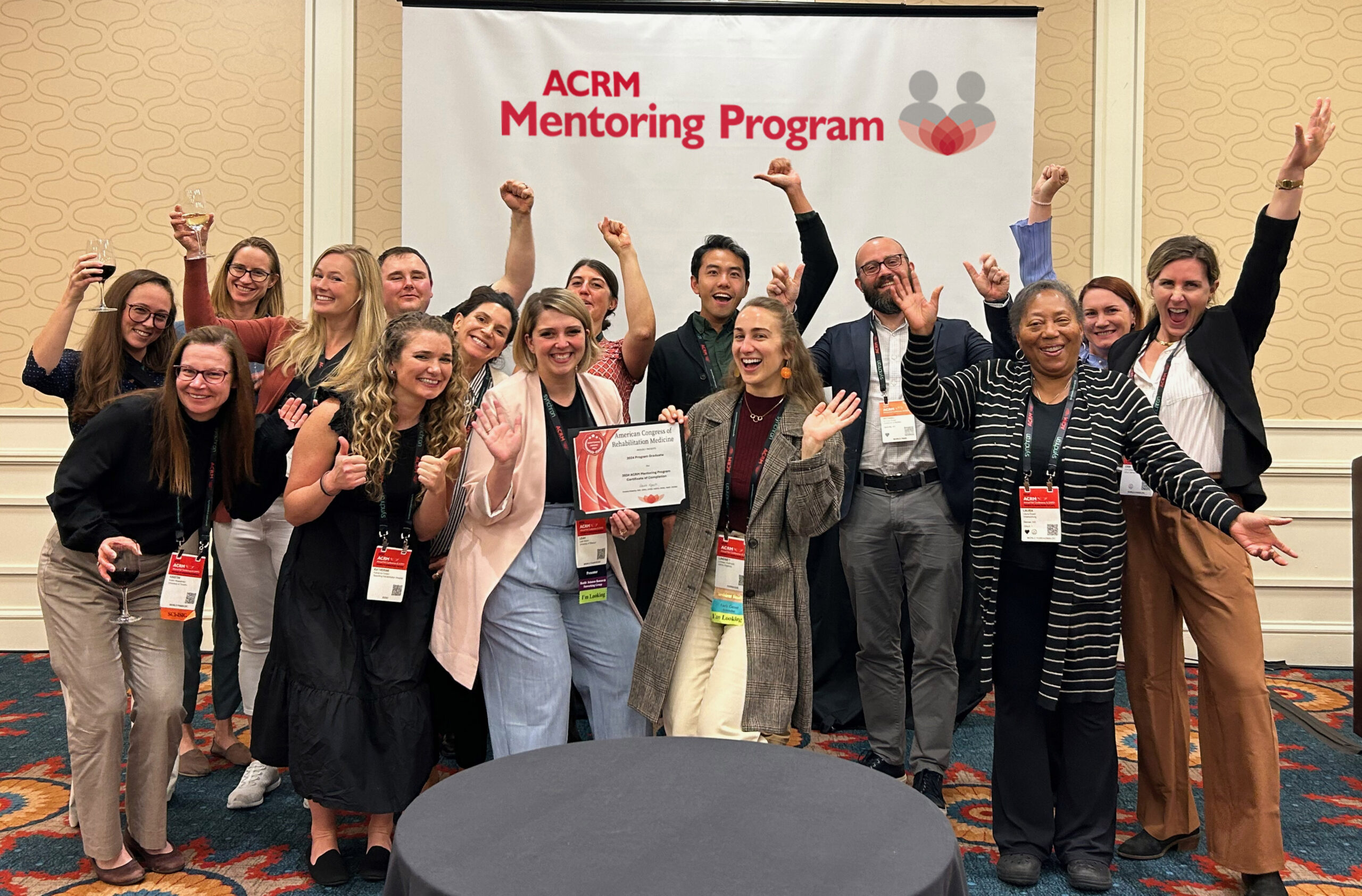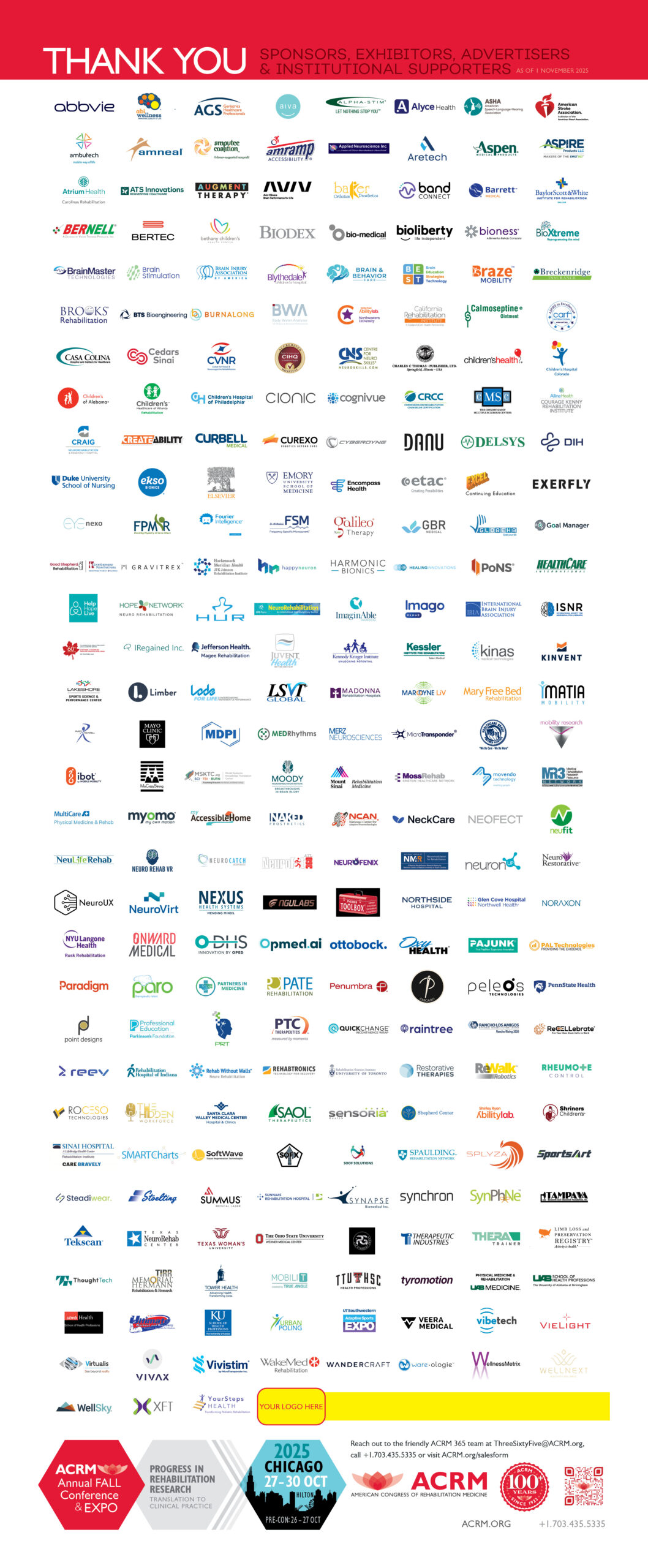Living Well After Stroke Task Force
Health management and maintenance is an important instrumental activity of daily living following stroke. Survivors must learn how to manage their condition and actively prevent future stroke or other disease.
The goal of this group is to engage in activities promoting the health and wellbeing of persons after stroke. Topics of interest include nutrition, physical activity, adherence, medication management, and mental health.
Contact the Task Force Co-Chairs to learn more and get involved.
CO-CHAIRS

Suzanne Burns, PhD, OTR/L
CO-CHAIR
Associate Professor
University of New Mexico

Emily Kringle, PhD, OTR/L
CO-CHAIR
Assistant Professor
University of Minnesota

Molly Trammel, PT
CO-CHAIR
Physical Therapist
Baylor University
Vision
Living Well After Stroke Task Force envisions a world where all people with stroke-related disability have access to the services, supports, and environments needed to manage and maintain health after stroke.
Mission
The mission of this group is to advance research and clinical practice that improves the health and wellbeing of people after stroke.
Goal
The goal of this group is to engage in activities promote the health and wellbeing of people with stroke-related disability through research and knowledge translation activities focused on topics including health-related quality of life, social and community participation, nutrition, physical activity, mental health, and medication management.
2025 GOALS
- 2 Symposia at 2025 ACRM Annual Meeting
- Develop and submit a review paper focused on stroke in primary care settings
2024 ACCOMPLISHMENTS
- Merged 2 task forces (Health and Wellness and Transitions and Continuity) to form the Living Well After Stroke Task Force
- 2 symposia at ACRM 2024:
- Integrated Design-Based Research for Knowledge Translation in Fellowship and Residency Programs
- Leveraging Social Determinants of Health Data to Improve Postacute Stroke Outcomes: Implications for Practice
- Systematic Review manuscript on dyad-focused interventions to promote health-related quality of life, activity, and participation among stroke survivor-caregiver dyads currently under review
2024 Goals
- Submit 2 symposia to the ACRM Conference
- Submit 1 position paper
- Engage with the Stroke ISIG Rural Rehabilitation Working Group
2023 Accomplishments:
- Submitted systematic review on the effects of dyad-focused interventions on health-related quality of life after stroke
- Merged the Transitions and Continuity and Health and Wellness Task Force to form the Living Well After Stroke Task Force
- ACRM Sessions:
- IC16: Self-Management for Individuals with Stroke: An Introduction and Practical Application
- Leveraging Social Support to Promote Health-Related Quality of Life, Participation, and Activity After Stroke











